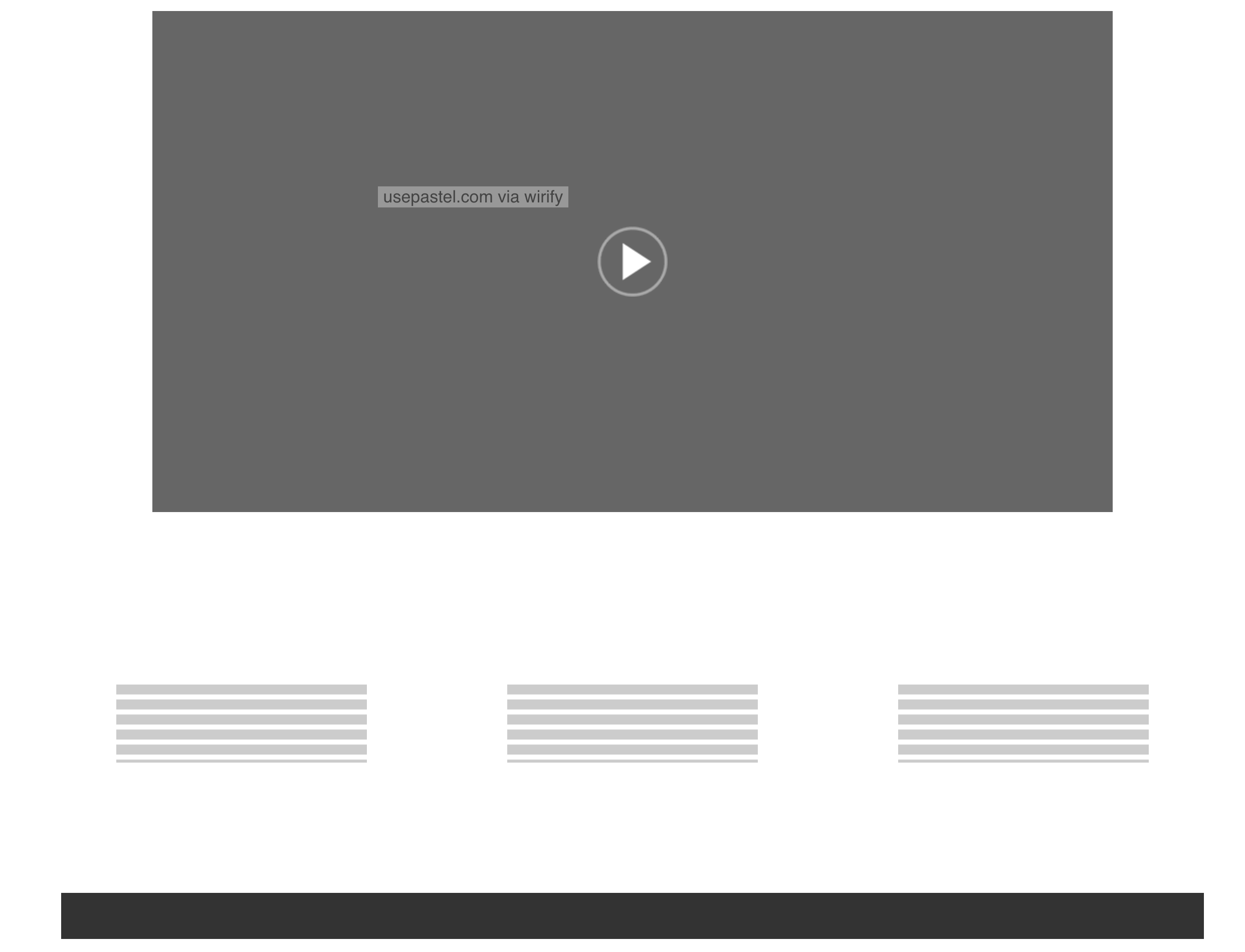HTML/CSS: Developing Your Data-Story
- Timeframe: 11/13 – 12/20
- Points: 350
Description
In this final project, you will make decisions about how all of your media elements come together into a cohesive narrative. You will learn about some fundamental HTML elements and their relationships and behaviors programmed with CSS. In short, you will write a web-ready narrative within a single-page website format.

Writing tools
- Github account & desktop application for hosting and versioning your website.
- Localhost web server via Python in the Terminal (Mac) / CommandPrompt (Windows):
python -m SimpleHTTPServer 8000for Python 2.7 &python -m http.server 8000for Python 3.- For Mac computers, you should have Python pre-installed. If not, follow the directions below:
- Open the Terminal
- Install HomeBrew – a package manager – by following the instructions in this video: https://www.youtube.com/watch?v=lI_2DWnYo8o.
- After installing Homebrew, while still in the open terminal, install Python 3 by simply typing the following command:
brew install python3. This will take a minute or two.
- For Windows, follow the Python 3 installation instruction on this page: How to Geek.
Be sure to choose the option to add a PATH variable.
- For Mac computers, you should have Python pre-installed. If not, follow the directions below:
- Code editor: Atom (Mac/PC), TextWrangler (Mac), Notepad++ (Win)
- Code editor for practice lessons: Codepen.io account. Find and follow me as lndgrn. We will be using the following collection that I’ve curated on Codepen: 3844-examples
General process
- Learn how to set up and use a web-writing environment.
- Learn about and apply basic architectural and folder-naming and file-naming conventions for a single-page website.
- Learn about and apply basic HTML
<head>elements, and the<body>, its block and inline elements, and theirdisplayproperties and behaviors. - Learn about and apply basic CSS element selection and styling & the CSS
Griddisplay. - Develop and refine your data-story narrative content.
Rubric
- Website amplifies a particular set of insights about your online practices and how digital data are intertwined with it.
- CSS Grid is written cleanly (spacing, syntax, and structure) and has aptly named tags, IDs, and classes.
- HTML Markup:
- Conveys knowledge of block-level vs. inline-level elements; and
- Passes HTML5 validation test. To test your site, copy/paste the URL of it within this tester: https://validator.w3.org/.
- CSS sheet:
- Structure of document adheres to discussed conventions:
- General styles up top and modifiers below, due to the cascade.
- Alike elements are grouped together, e.g., typography scheme, media, header elements, section elements, footer elements, etc.
- Provides consistent commenting scheme.
- Structure of document adheres to discussed conventions:
- Simple and readable typography styles and hierarchy. Aesthetic matches your narrative.
- Integrates text, visuals, and videos as a cohesive narrative about your digital practice / life.
